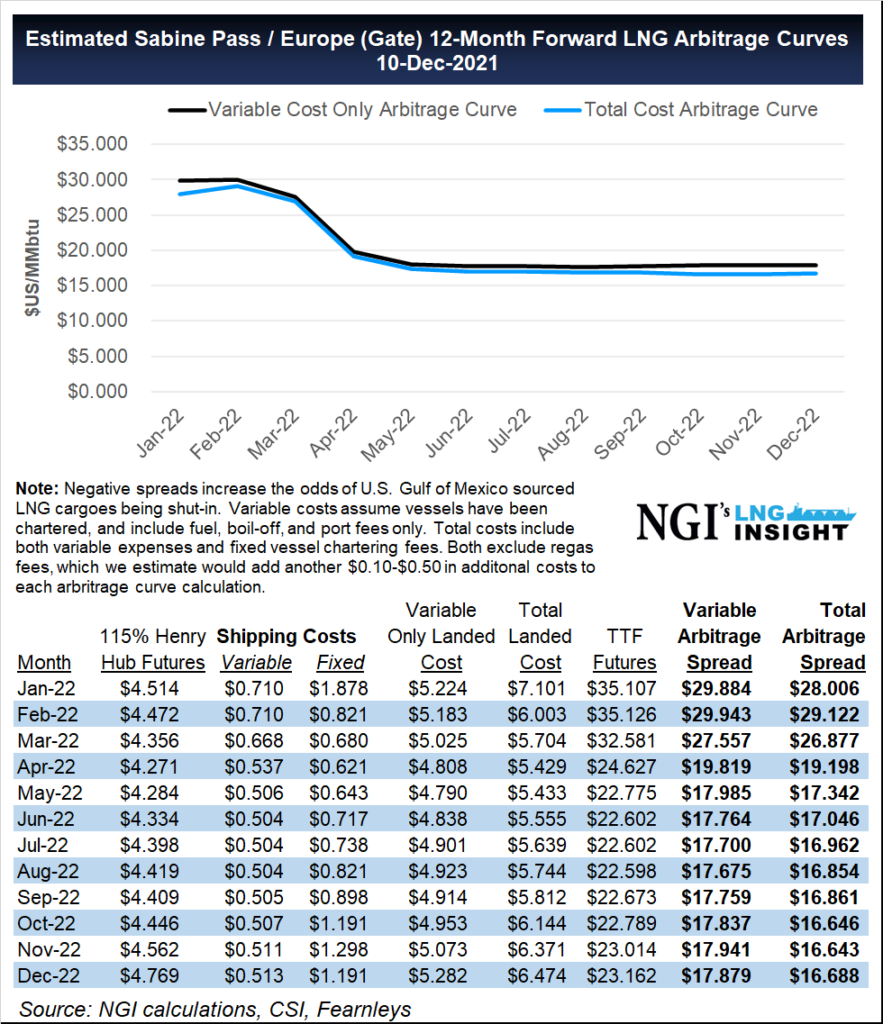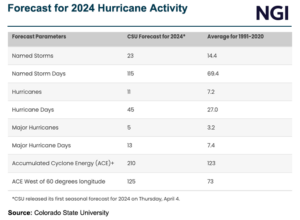LNG | LNG Insight | Natural Gas Prices | NGI All News Access | NGI The Weekly Gas Market Report
European Natural Gas Prices Hit Record, Creating Big Arbitrage Opportunity for U.S. LNG
© 2024 Natural Gas Intelligence. All rights reserved.
ISSN © 1532-1231 | ISSN © 2577-9877 | ISSN © 1532-1266 |



